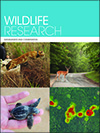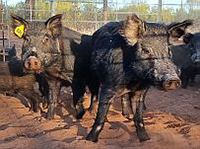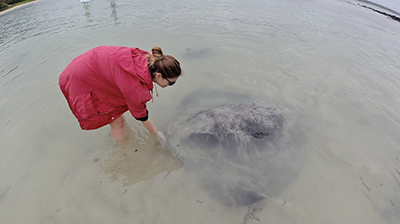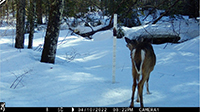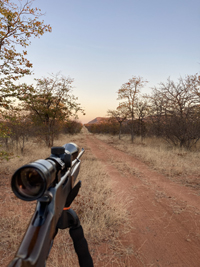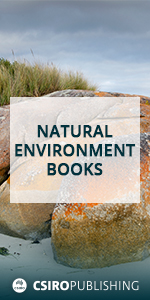Aerial shooting is widely used to reduce feral pig damage, but there are concerns that it could cause pigs to spread. We used GPS collars to investigate how aerial shooting affects feral pig movement and found that although individual pig behaviour varied, it did not cause widespread dispersal. Overall, it is unlikely to spread pigs or their impacts. Photograph by Andrew Bengsen.
WR25024 Abstract | WR25024 Full Text | WR25024PDF (2.7 MB) | WR25024Supplementary Material (718 KB) Open Access Article


